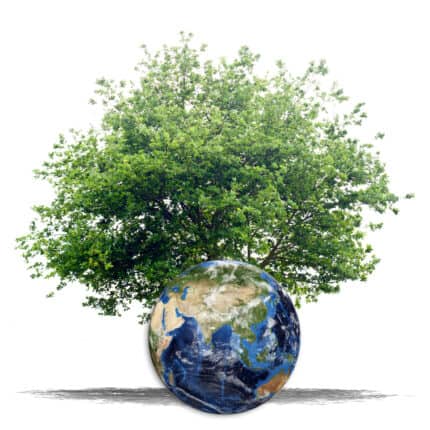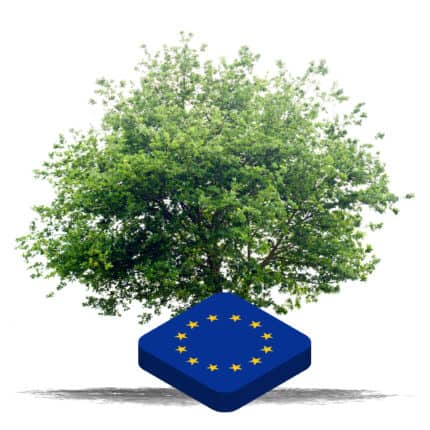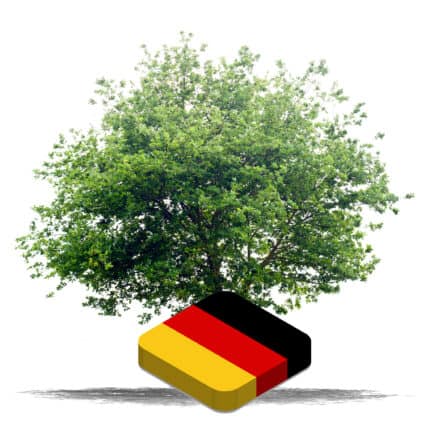Offset carbon refers to the practice of reducing carbon emissions by taking actions that either remove carbon dioxide from the atmosphere (e.g. planting trees) or prevent the release of carbon into the atmosphere. This is often done in order to counteract or “offset” the carbon emissions produced by an individual, organization, or event.
One common way to offset carbon emissions is through the use of carbon credits. Carbon credits are a type of tradeable commodity that represent the reduction or removal of one ton of carbon dioxide from the atmosphere. These credits can be purchased by organizations or individuals to offset their own emissions, effectively “canceling out” the carbon they have released into the atmosphere.
Another way to offset carbon emissions is through carbon sequestration, which is the process of capturing and storing carbon dioxide in various forms, such as trees and plants, soil, or deep underground in geological formations. This helps to remove carbon dioxide from an event the atmosphere and store it in a long-term, stable form.
There are also some carbon offsetting project like renewable energy project, afforestation, reforestation and sustainable transportation project which help in reducing carbon foot print.










